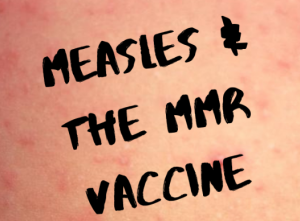A shopping cart and a fever
A shopping cart has 138,000 bacteria per square INCH!
Next time you touch one, you can go ahead and picture those guys plus all the potential viruses, other germs, and particles of God-knows-what. (You know what.)
You need to wash your hands ALL THE TIME. Teach your kids to wash theirs, also.
Your immune system is fantastic at keeping all that stuff from affecting you, but sometimes something nasty causes infection.
That’s when the immune system steps in with muscle and pulls out its big guns.
Surprisingly one of the best weapons the immune system is a fever.
You may have previously thought fevers were a bad thing; you’re hot, you’re cold, and you’re feeling downright horrible. But the truth is: They’re beneficial.
A fever means your immune system is working hard.
When you have a fever, your metabolism increases, some organisms are kept from multiplying, and white blood cells (needed to create immunity and eliminate infection) are released.
You need to reprogram your mind to quit trying to knock your fever down with all the drugs. Most of the time, a fever is harmless.
If you made it this far maybe you’re looking for the facts, which are my specialty. Here’s the stuff you need to know for your kids:
A child with a temperature of 100.4˚F (38.0˚C) or more has a fever.
It’s okay if a child over two months has a fever between 100°F and 104°F (38°C to 40°C) when they’re fighting off an infection. If under two months, you may want to contact your pediatrician.
If your child has a fever, it’s okay to let it play out. The body has a natural thermostat that will keep the fever from an infection below 104°F (40°C).
If your child has discomfort, difficulty sleeping, isn’t eating, or is crying, you can treat the high fever with the appropriate medication. Though, a fever over 102°F or 103°F (39°C or 39.4°C) will only come down a few degrees with medication, so that doesn’t mean that the infection is too severe.
A viral infection may cause a fever for a few days but tends to wane after about four days.
Since vaccines mimic natural infection, they sometimes bring on fevers. Take this as a sign that the immune system is working to build immunity to the germs in the vaccines. It’s a good thing!
If you take away anything from this today it’s this: There are lots of germs out there, and the body fights them off all day every day, but when one causes infection, you don’t need to knock out one of the body’s best weapons: FEVER!


